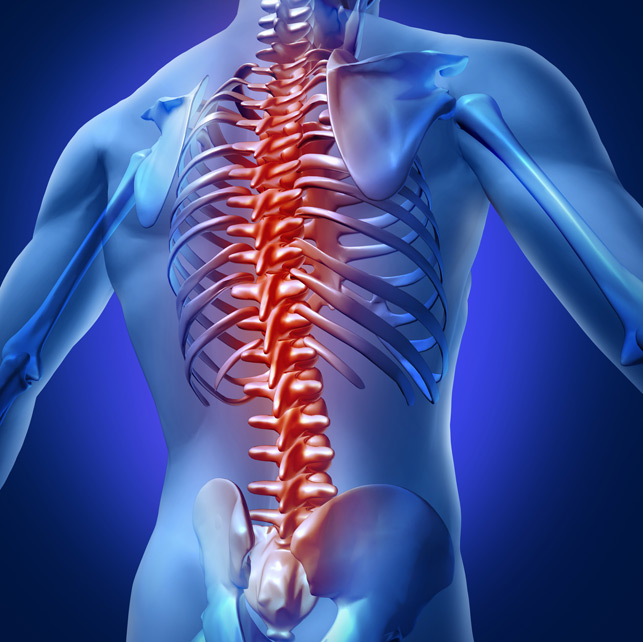
An epidural can help you relieve many different sources of back pain.
Epidural injections contain medications that are injected in the epidural space between the spine and the spinal cord in order to help relieve back pain.
- Epidural injections can also relieve pain in the arms and legs that are caused by spinal stenosis or disc herniation
- The word epidural refers to an area around the spinal cord
How Epidural Injections Work
Epidural injections relieve back pain by directly delivering a steroidal medication into the epidural space. In this way, the medications precisely target the source of inflammation that’s causing pain. The injection may also include a local anesthetic or other fluids.
Lidocaine is often used as a quick-acting local anesthetic for pain relief that is temporary. The local anesthetic alleviates pain but also acts to dilute the inflammatory agents in the body causing the pain.
The epidural injection is delivered via a thin needle that is positioned using fluoroscopic guidance, much like an X-ray, so the physician can determine exactly where the steroid medication is traveling to within the spinal area. A contrast dye is used to confirm its correct destination.
This minimally invasive procedure is performed on an outpatient basis, and you can go back to your everyday activities almost immediately. The steroid medicine begins to take effect within one to three days. Epidural injections are safe, well tolerated and result in few, if any, complications for the majority of people.
Which Conditions Are Helped with Epidural Injections?

An epidural injection can help alleviate pain for a number of different back-related conditions. Primarily, these treatments are excellent for helping those suffering with low back pain and sciatica. Sciatic pain is felt along the sciatic nerve in the buttocks and down the upper portion of your leg. It is often caused by compression of the sacral spinal nerve. An epidural injection will help with severe leg and hip pain.
Aside from sciatica, epidural injections can also help reduce pain and inflammation for those who have herniated discs that may be putting pressure on nerve roots leading to the legs or arms and causing pain, tingling or numbness. When the gel-like material contained within spinal discs bulge out through a weakened area in its surrounding wall, it causes pain and swelling as it touches on a spinal nerve.
Other conditions that benefit from epidural injections:
- Spinal stenosis: narrowing of the spinal canal causing leg and back pain
- Spondylolysis: weakening between upper and lower aspects of a vertebra
- Degenerative disc: aging intervertebral disc that is collapsing, tearing or causing growth of bone spurs
Who is a Candidate for Epidural Injections?
Anyone who has the above-mentioned conditions as confirmed by an MRT or CT scan may be a candidate for a corticosteroid injection. These injections can relieve pain anywhere from one week up to a year. When painful symptoms are interfering with the need for physical therapy exercises, these treatments can help temporarily relieve pain so strengthening surrounding muscles can take place.

on caring for specific orthopedic needs.
